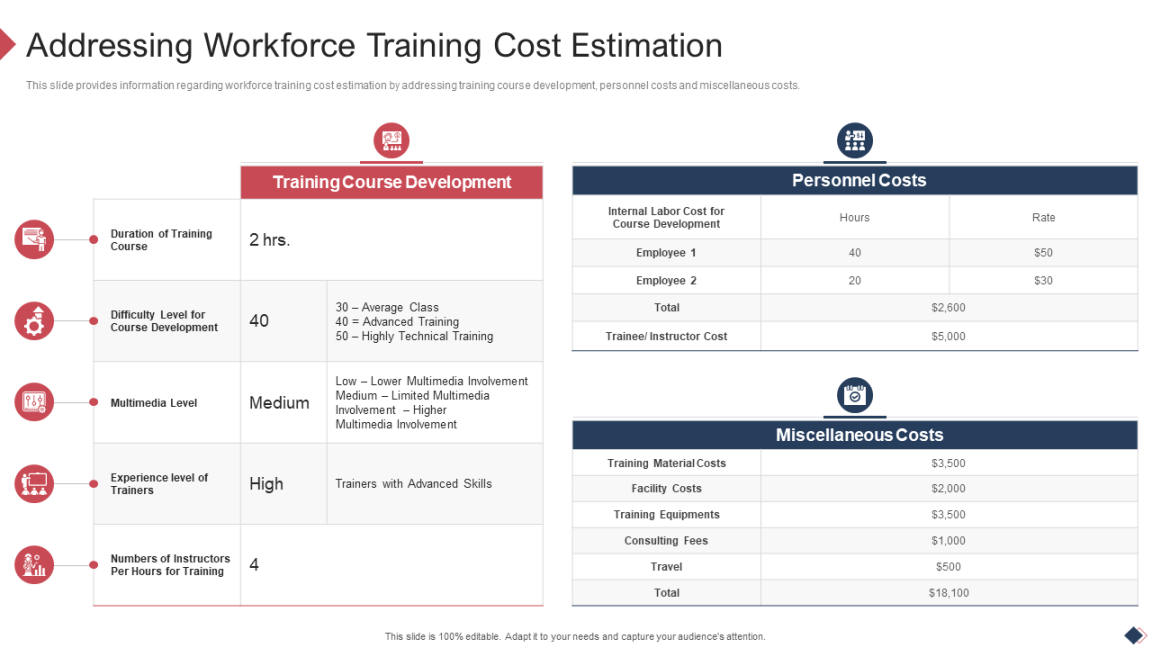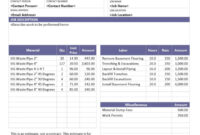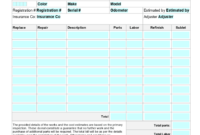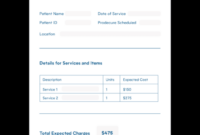Purpose and Audience
A Training Cost Estimate Template serves as a structured document that provides a detailed breakdown of the anticipated costs associated with a training program. It’s a valuable tool for both training providers and clients, as it facilitates transparent communication and ensures that expectations are aligned from the outset. This guide will delve into the key elements and design considerations that contribute to a professional and effective Training Cost Estimate Template, tailored for use in WordPress.

Essential Components of a Training Cost Estimate Template
1. Project Details
Training Program Title: Clearly state the name or code of the training program.
2. Training Overview
Training Objectives: Outline the specific goals and outcomes the training aims to achieve.
3. Cost Breakdown
Instructor Fees: Itemize the fees for the primary instructor and any additional facilitators.
4. Payment Terms
Payment Schedule: Outline the terms for payment, including the due dates and any required deposits.
5. Additional Provisions
Revisions and Changes: Address how revisions or changes to the training program will be handled and if there will be additional costs.
Design Considerations for a Professional Training Cost Estimate Template
Layout and Formatting: Use a clean and consistent layout with clear headings and subheadings. Employ a professional font that is easy to read, such as Arial or Times New Roman.
Creating the Template in WordPress
1. Choose a Suitable Theme: Select a WordPress theme that offers a clean and professional design.
2. Create a New Page: Create a new page and give it a relevant title, such as “Training Cost Estimate Template.”
3. Add Content: Use the WordPress editor to add the components outlined above, formatting the text and headings as needed.
4. Customize the Design: Utilize the theme’s customization options to adjust the colors, fonts, and layout to match your branding.
5. Save and Preview: Save the page and preview it to ensure it meets your requirements.
By following these guidelines and incorporating the essential elements, you can create a professional Training Cost Estimate Template that effectively communicates the costs and details of your training program. This template will serve as a valuable tool for building trust with clients and ensuring a successful training experience.


